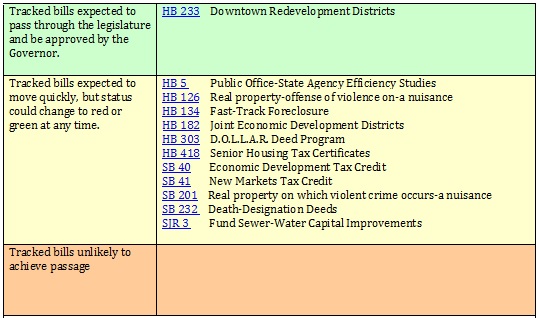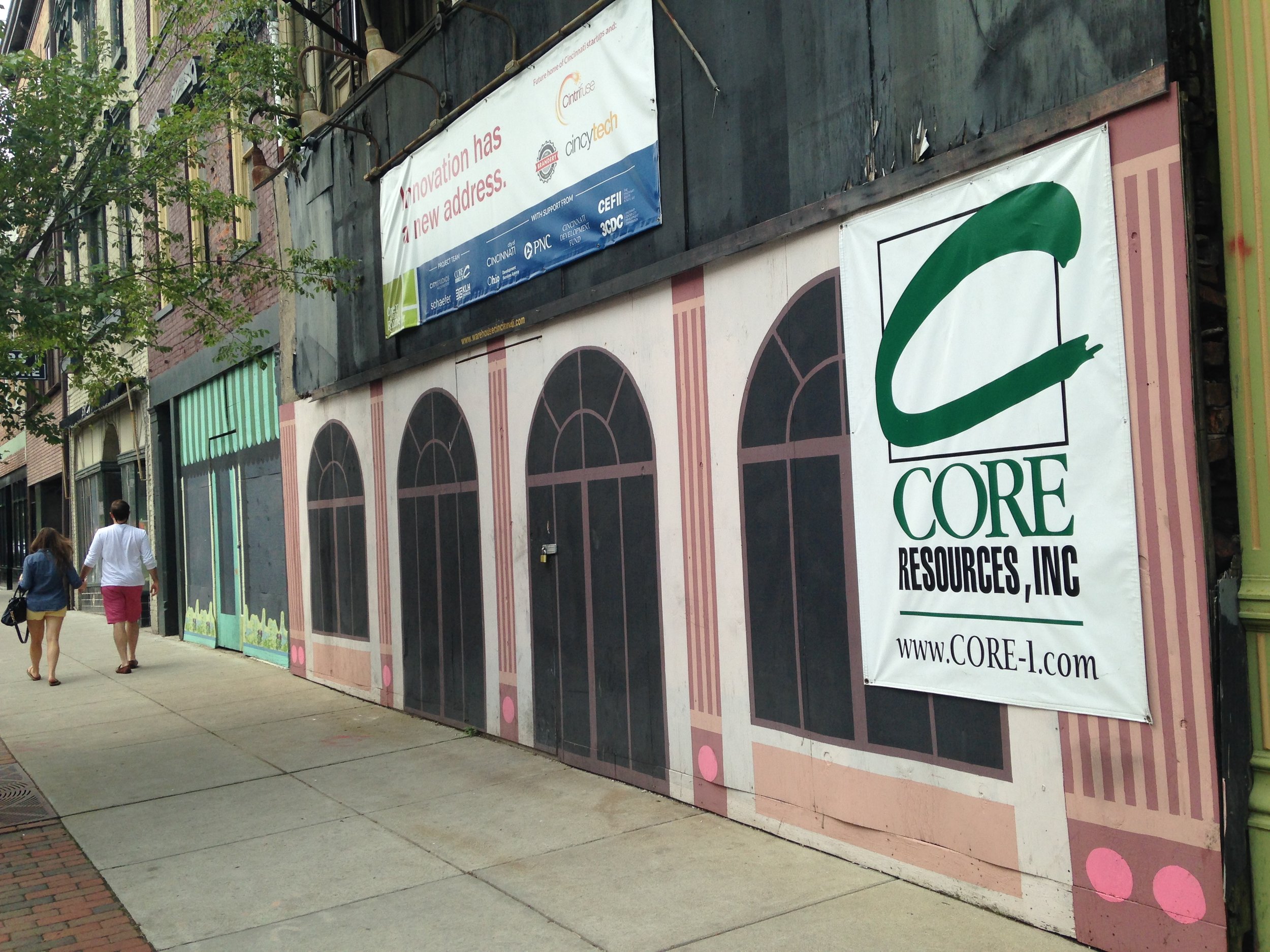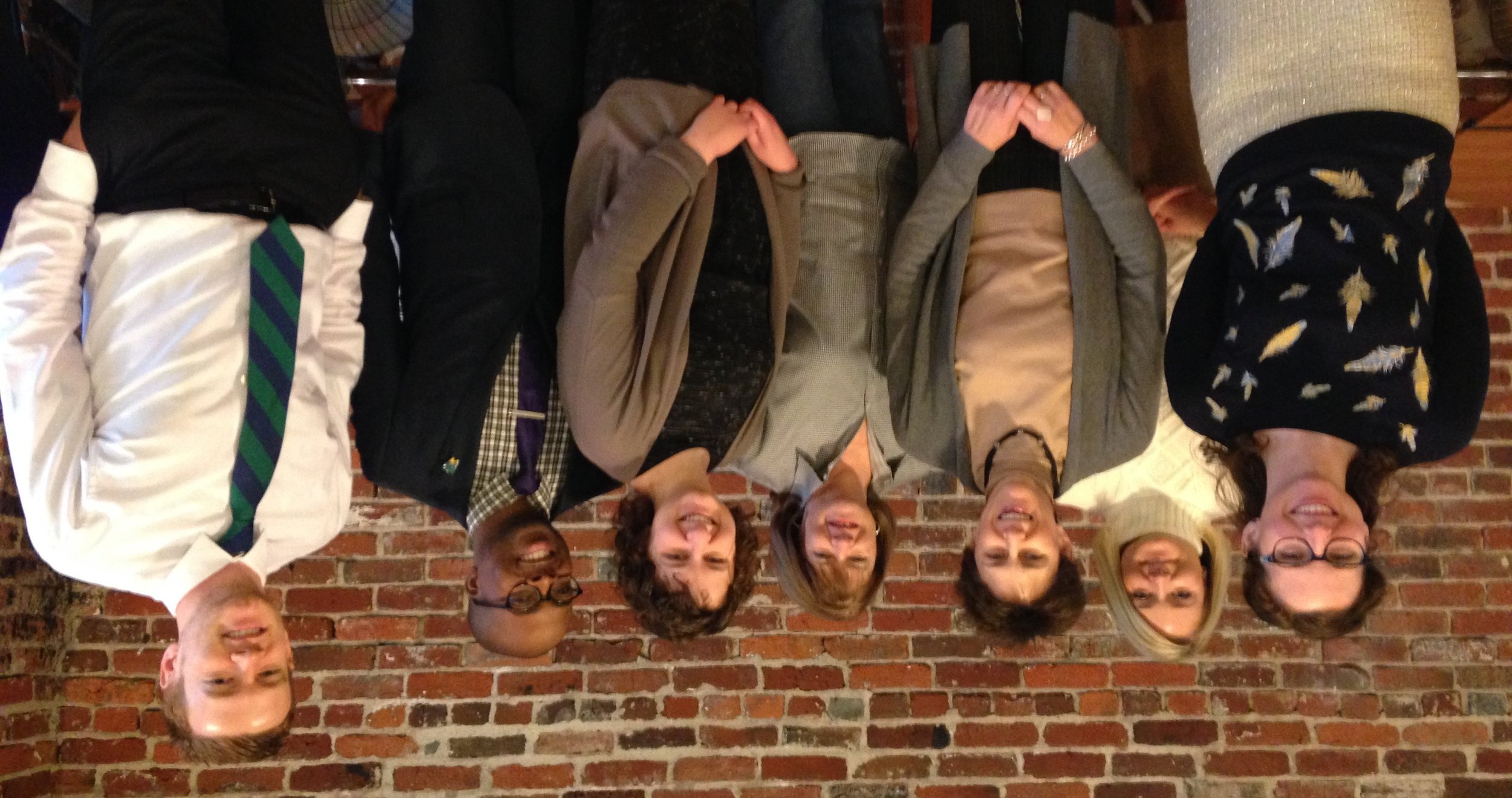Urban Leaders and Landmark Experts Celebrate Newark’s Hahne & Company Revitalization As Example of How Historic Preservation Can Spur Development and Strengthen Legacy Cities Across the Nation
Newark, New Jersey—Today, the Preservation Rightsizing Network (PRN) released a new Action Agenda for Historic Preservation in Legacy Cities, which lays out a wide-ranging plan to address urban challenges by advancing new development while protecting communities’ cultural heritage.
Tuesday’s release was accompanied by a public discussion co-hosted by Rutgers University – Newark with over 40 of the nation’s top urban development and historic landmark experts. As part of that discussion, PRN conducted a tour of the ongoing redevelopment of the historic Hahne & Company building, which is being highlighted as a successful, collaborative approach that combined preservation and economic revitalization – a challenge in many legacy cities like Newark, Detroit, and more.
The Action Agenda for Historic Preservation in Legacy Cities — which can be accessed here — is a nine-point strategy that shapes a new approach to preservation, adapts existing tools and policies used by preservationists, and promotes place-based collaboration, especially in legacy cities like Newark, Detroit, and Cleveland (also known as Rust Belt cities or shrinking cities). By offering new strategies for protecting local cultural heritage, the Action Agenda serves as a guide for preserving the stories of Rust Belt cities and communities and make them more equitable, prosperous, and sustainable in the face of economic shifts. Using examples from Cincinnati, Buffalo, Detroit, and more, the Agenda offers suggested next steps, potential partners from preservation and allied fields, and financing and coalition-building toolkits for urban development and preservation advocates.
Emilie Evans, co-founder of Brick + Beam Detroit, an initiative that connects and supports building rehabbers in Detroit, said: “The Action Agenda provides clear steps legacy cities can take to leverage older buildings and local heritage as powerful assets for revitalization. It bolsters core tenets of Brick + Beam’s mission to support the rehabilitation of Detroit’s incredible older buildings, engage meaningfully with local property owners and tradespeople, and develop practical tools to move reinvestment projects forward.”
The Action Agenda was released in Newark in recognition of the leadership and partnerships demonstrated during the planning and redevelopment of the Hahne & Company building, which had sat vacant for over 30 years. The new development will include a full-line grocery store, affordable and market-rate housing, and a major arts program space and incubator conceived and implemented by Rutgers University-Newark and community partners including local artists, arts organizations, and other arts and culture anchor institutions in Newark.
Rutgers University Chancellor Nancy Cantor said: “The Action Agenda’s clarion call to carry forward the ‘legacy’ of legacy cities by preserving their stories entails an equally powerful call to amplify the voices of diverse new generations in retelling them. That is a challenge to all of us—in Newark and legacy cities like it everywhere—and it is precisely what we have in mind with our university-community collaboratory we are developing in the Hahne & Company building and precisely why we think the name of our collaboratory, ‘Express Newark,’ is so apt. We are thrilled to be working with the Preservation Rightsizing Network to advance this shared agenda.”
The Preservation Rightsizing Network meets annually to bring leading preservationists and allies together and supports local leaders in generating national conferences on historic preservation in legacy cities, including a previous conference held in Cleveland (2014) with another scheduled for Detroit (2016).
President of the Lucas County Land Bank, David P. Mann said: "Faced with unprecedented economic challenges and property abandonment, legacy cities must seize new tools and new strategies in order to preserve all that makes them special. This Action Agenda is a smart step in that direction, not just to help save historic assets, but to ensure that the voice of the historic preservation movement is heard in this important and ongoing conversation."
Cleveland City Councilman Jeffrey Johnson said: “Historic preservation is vital in the revitalization of Cleveland. Our history, as told through the older buildings and neighborhoods, is the foundation on which our community must rebuild.”








